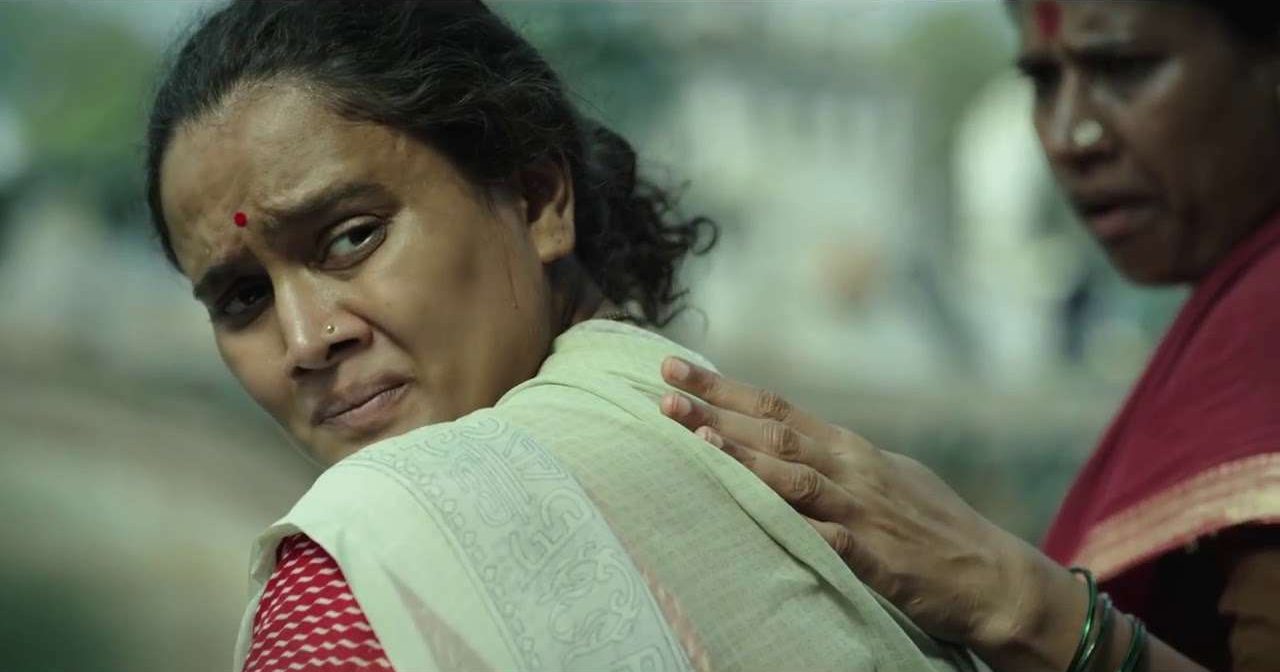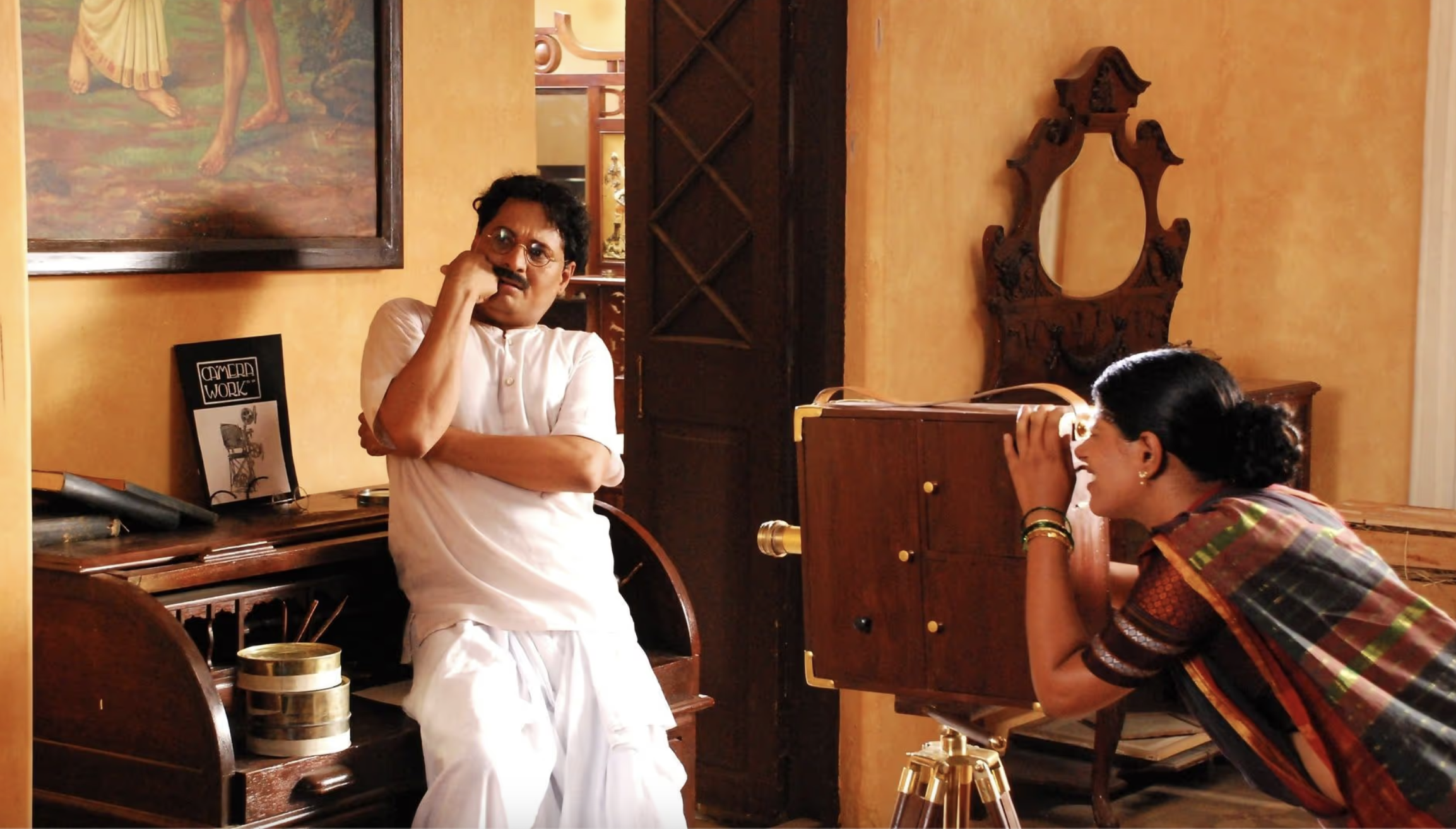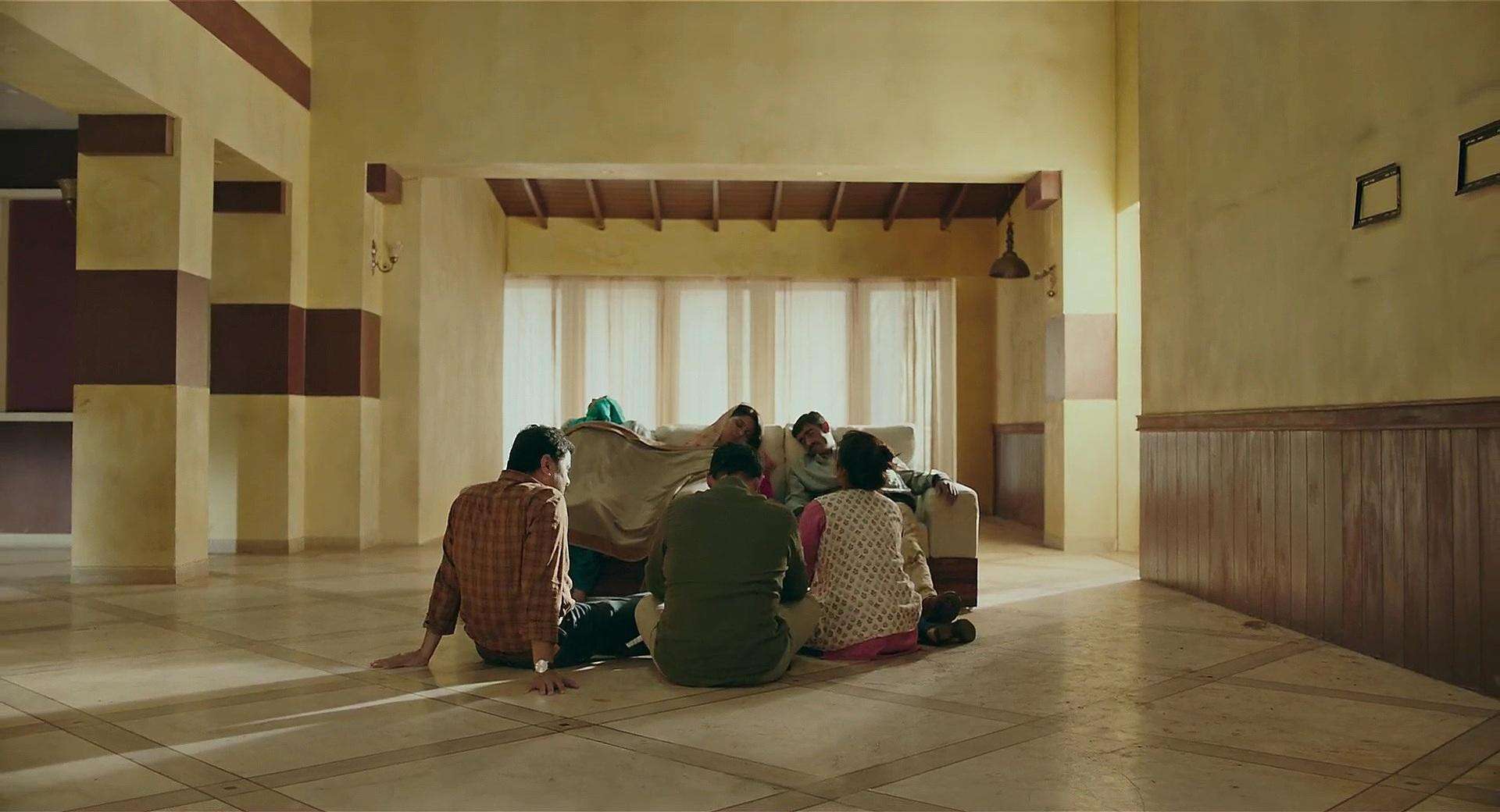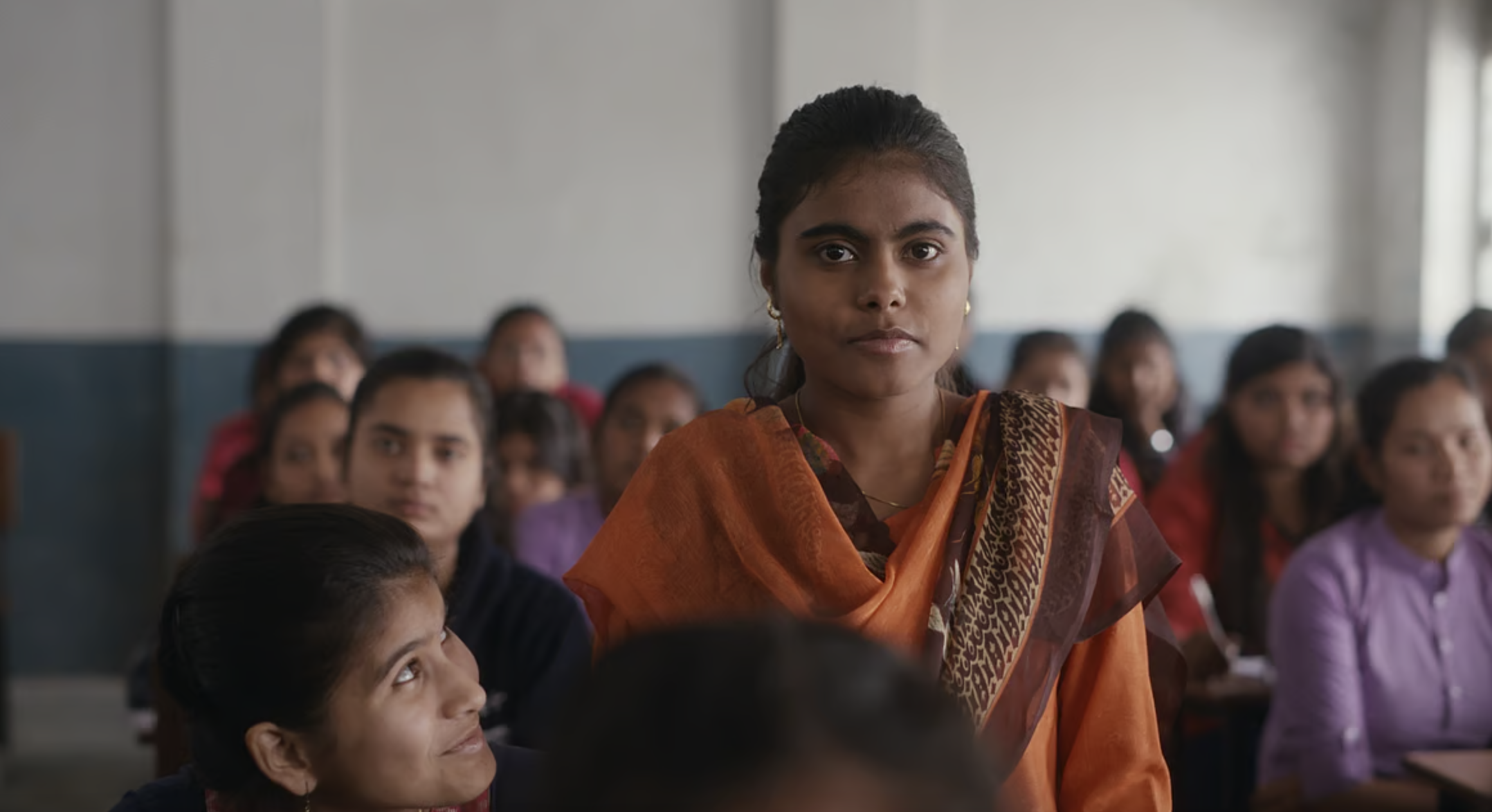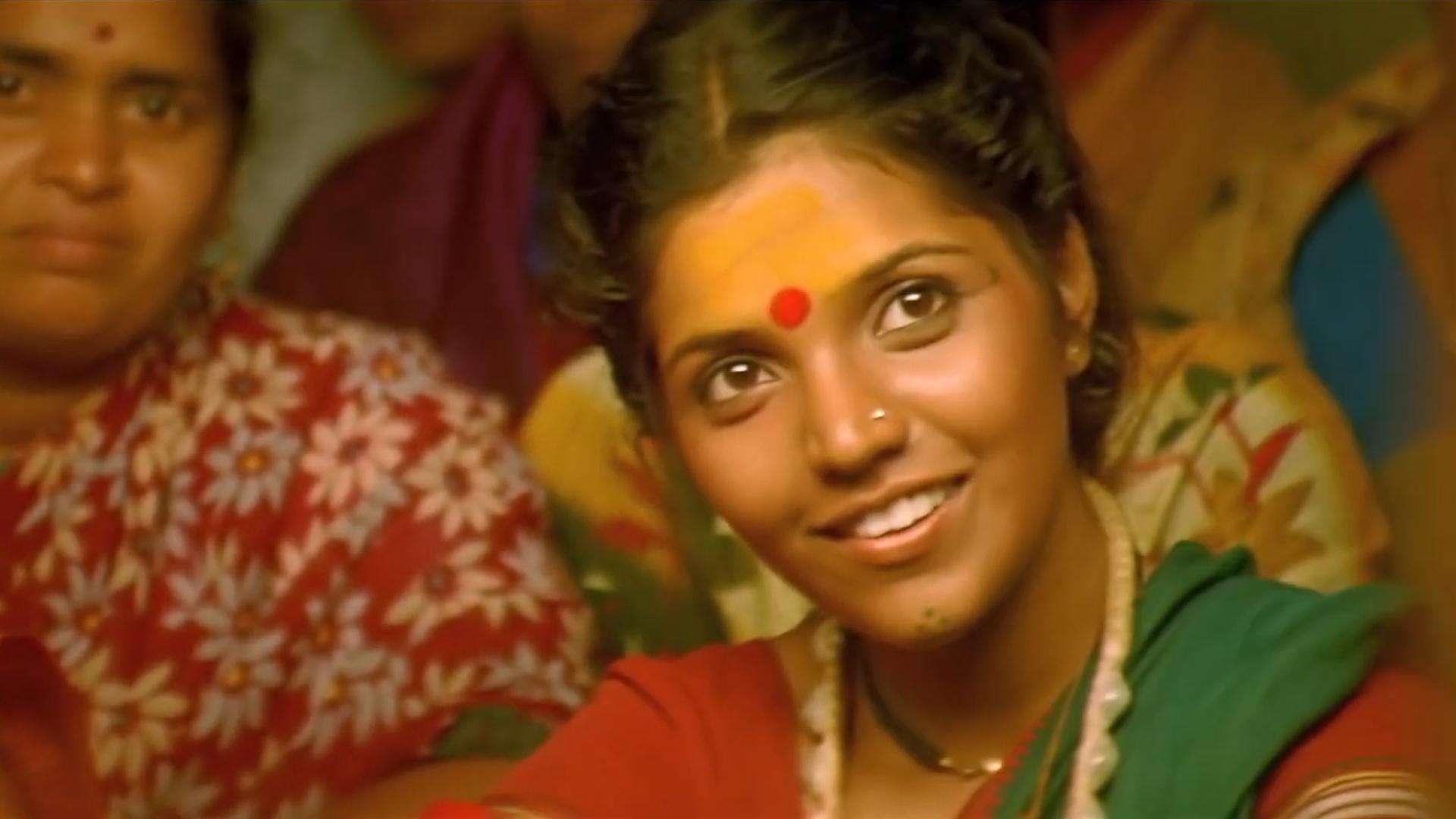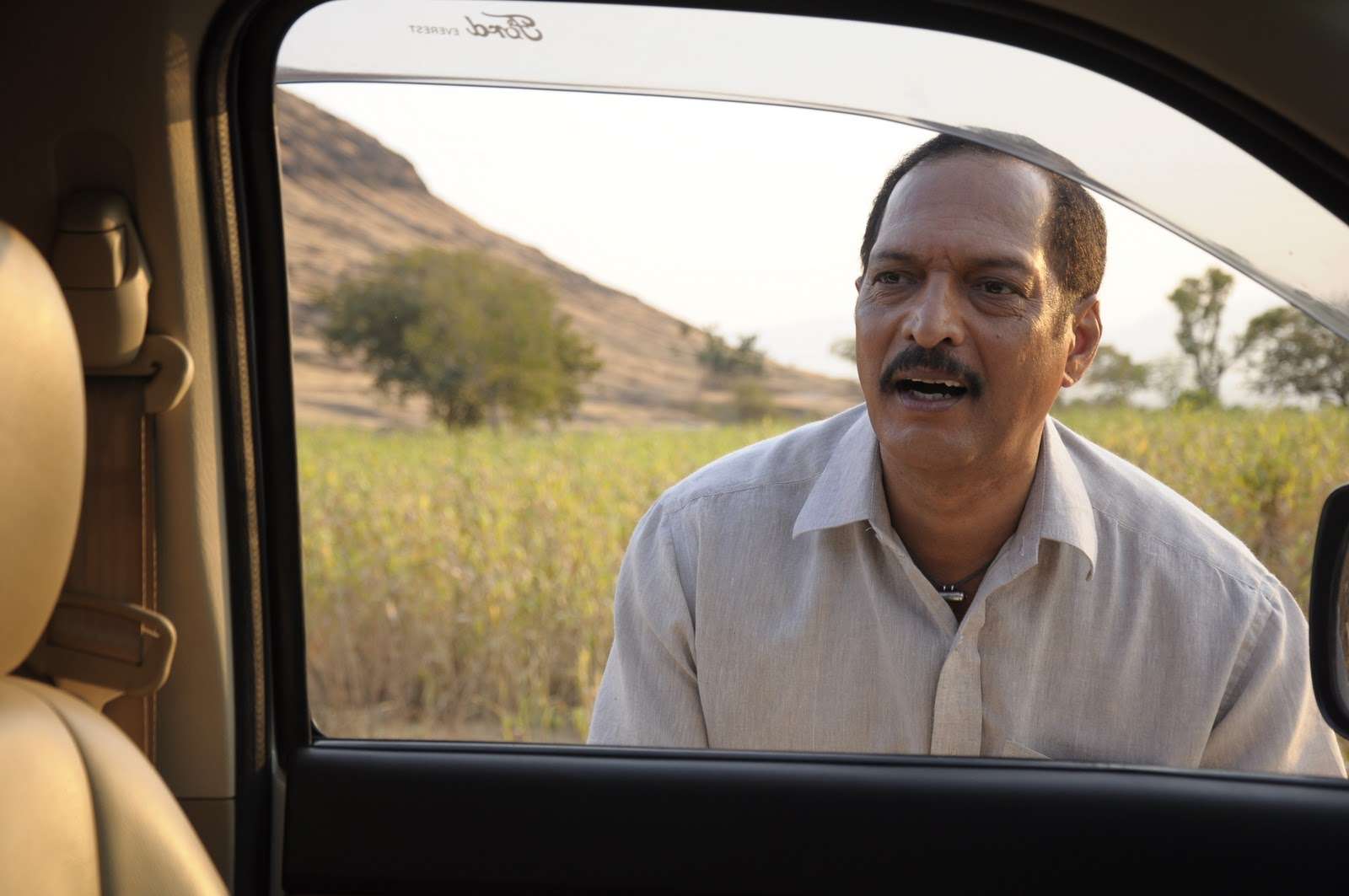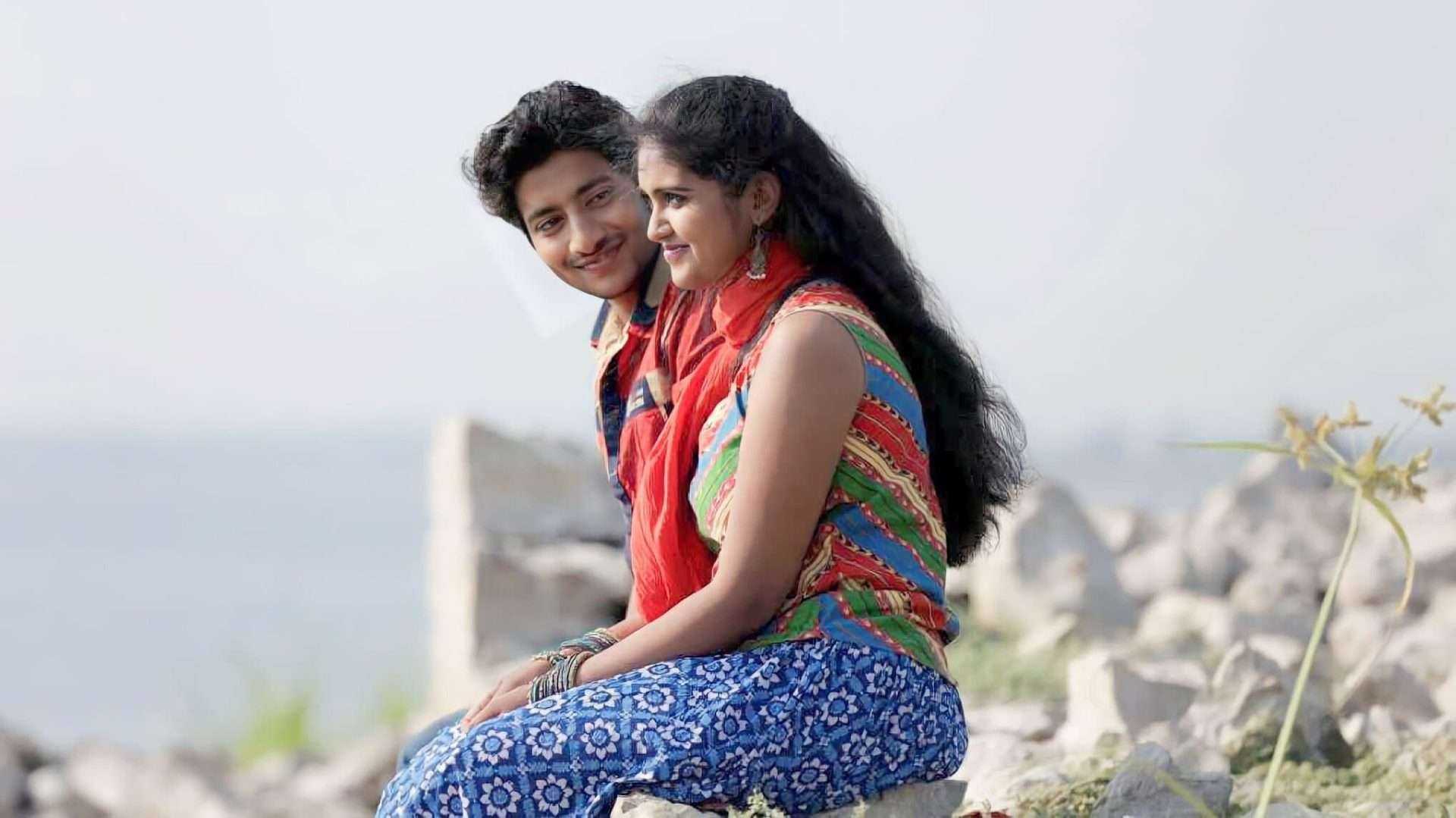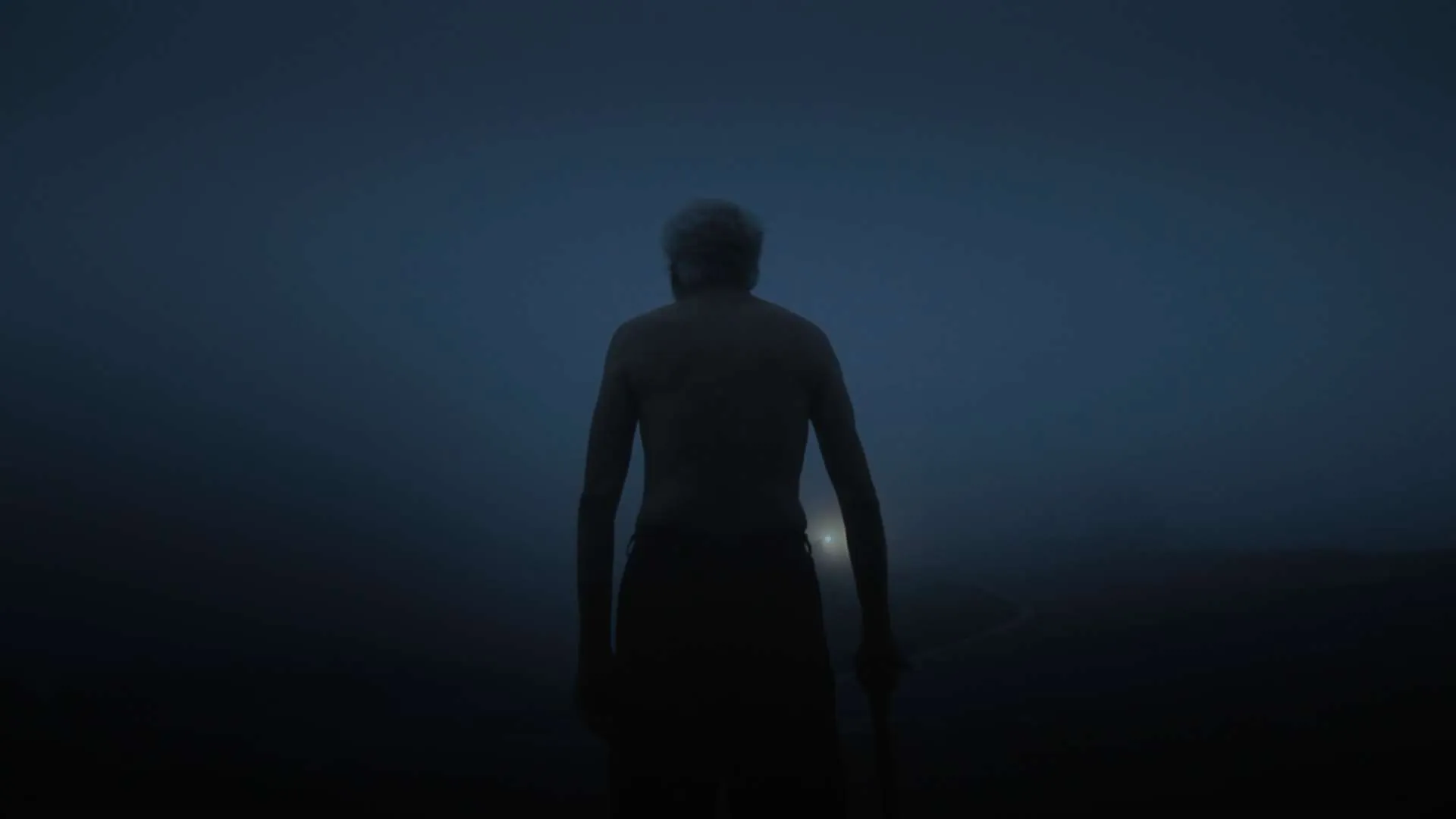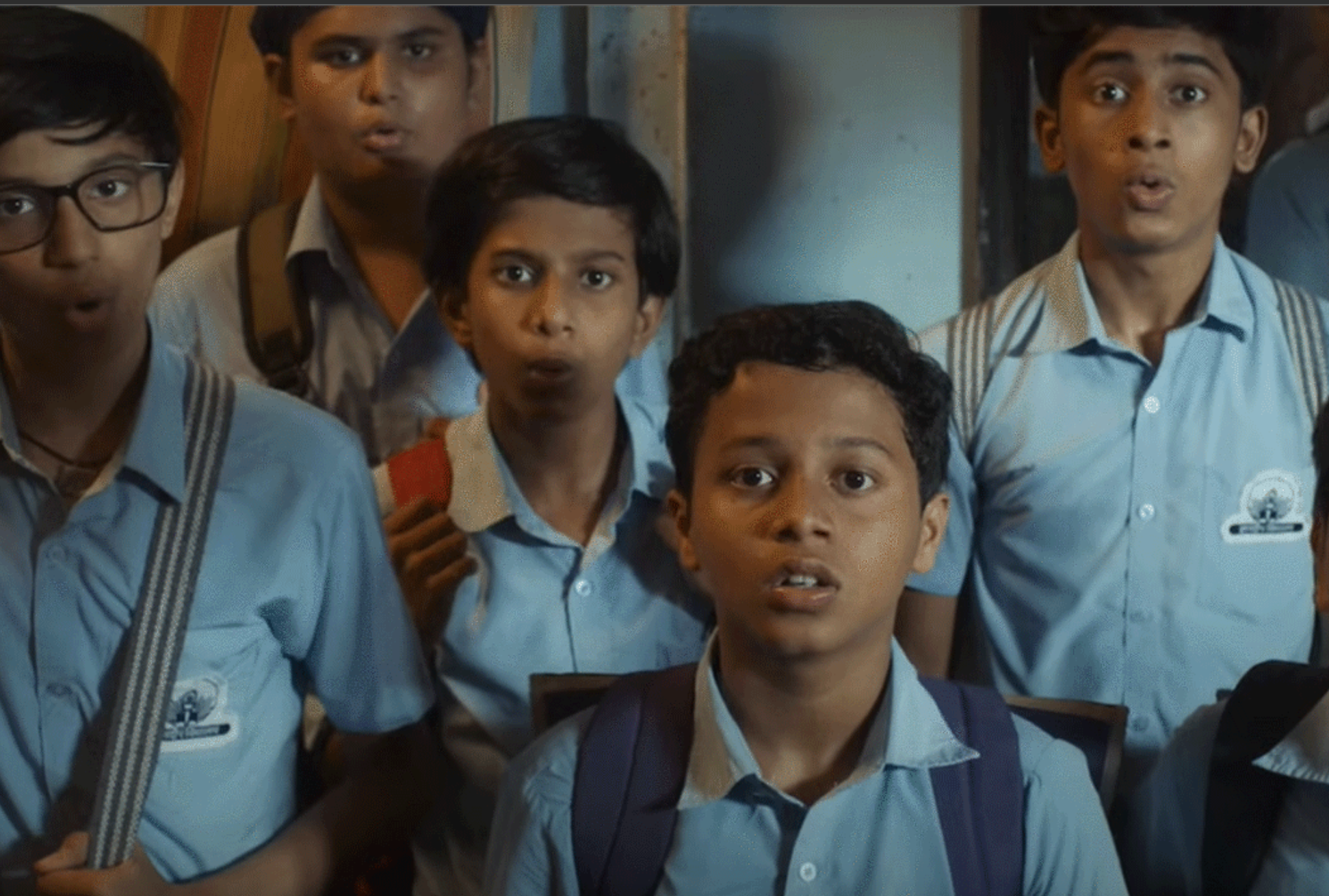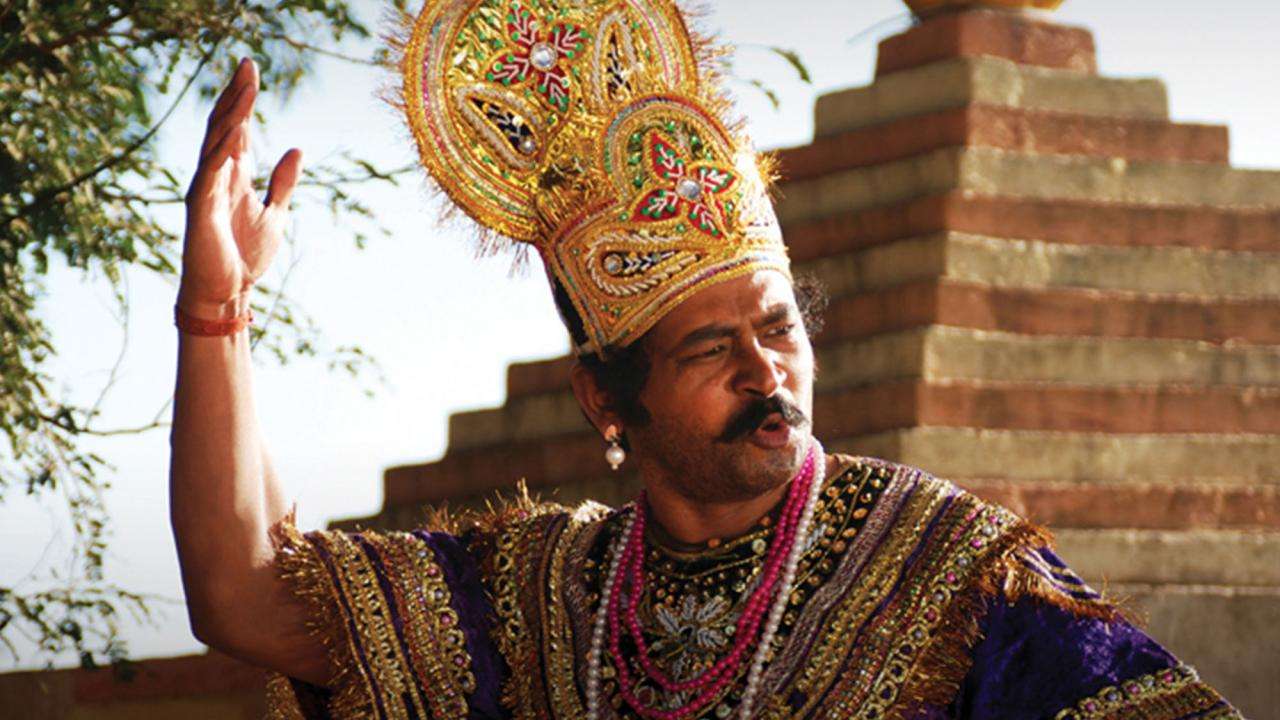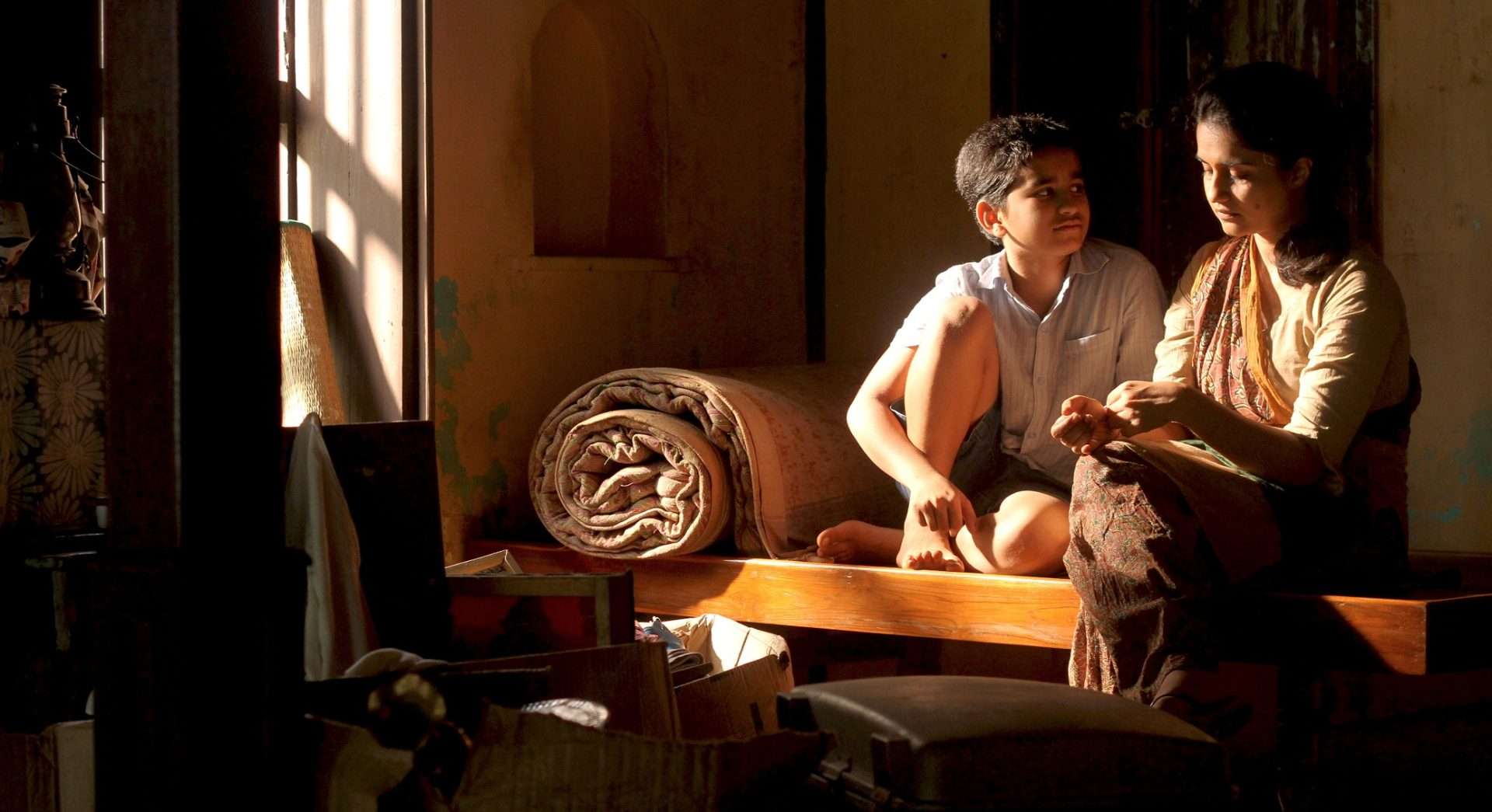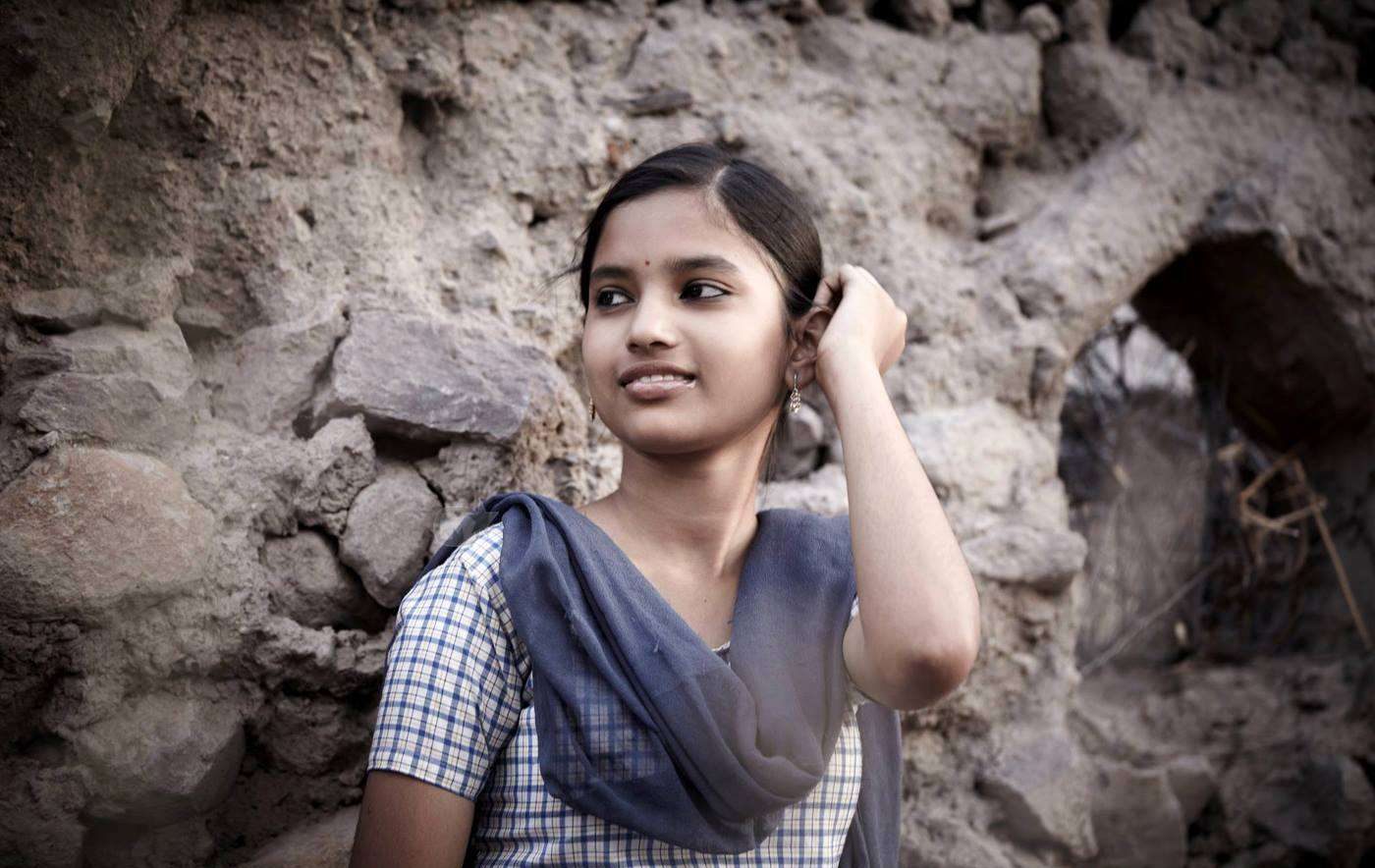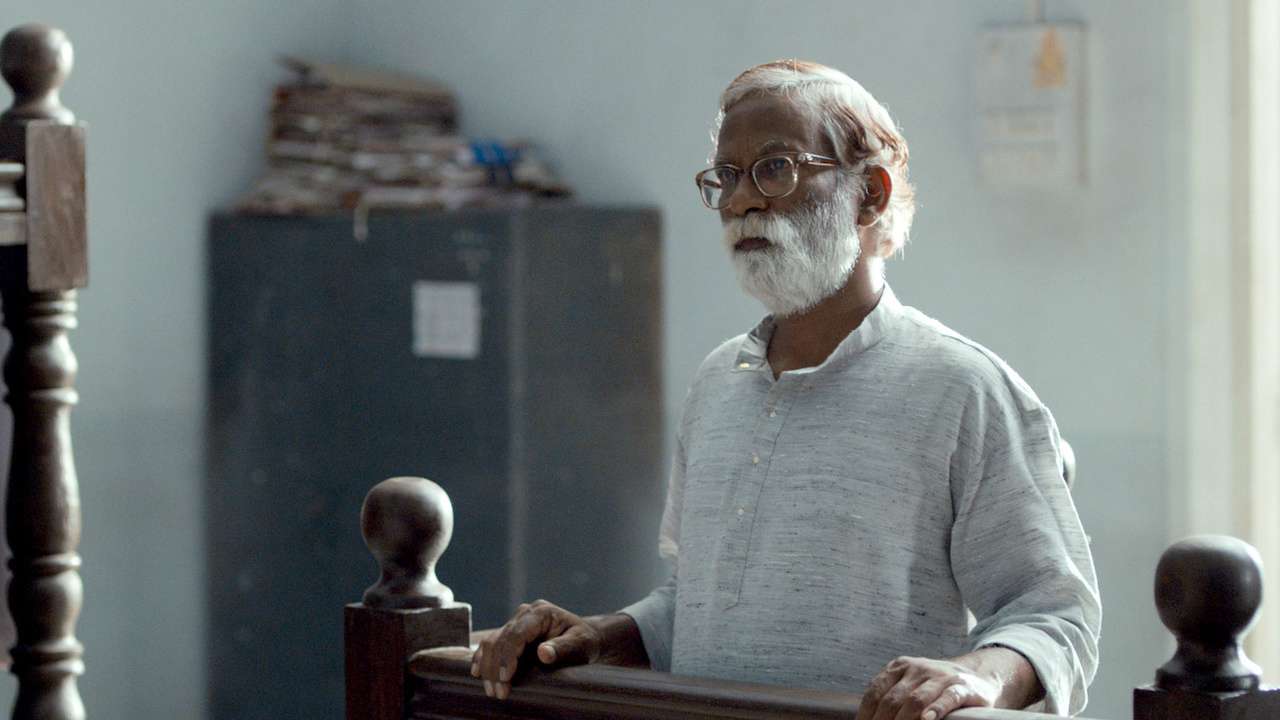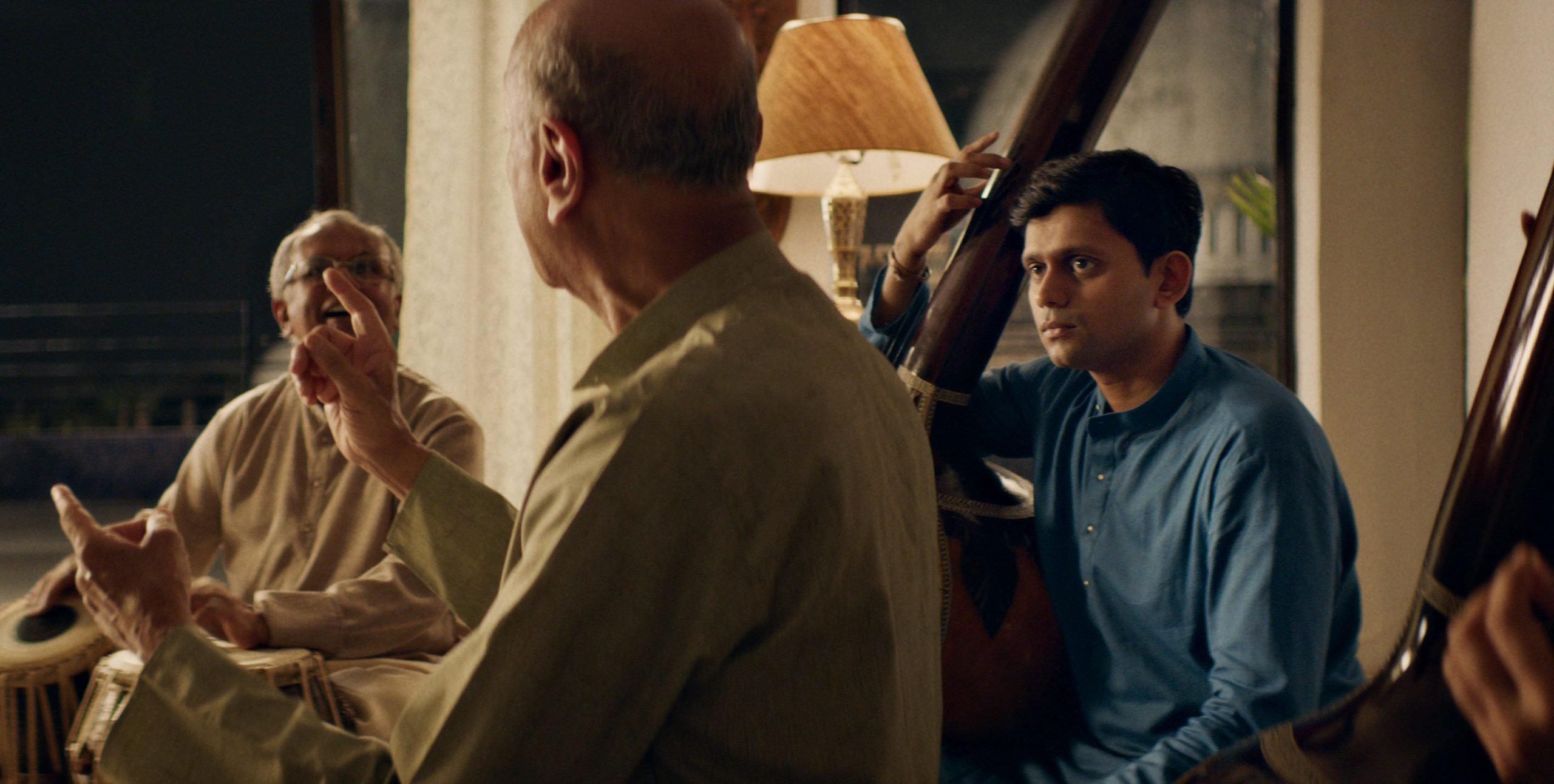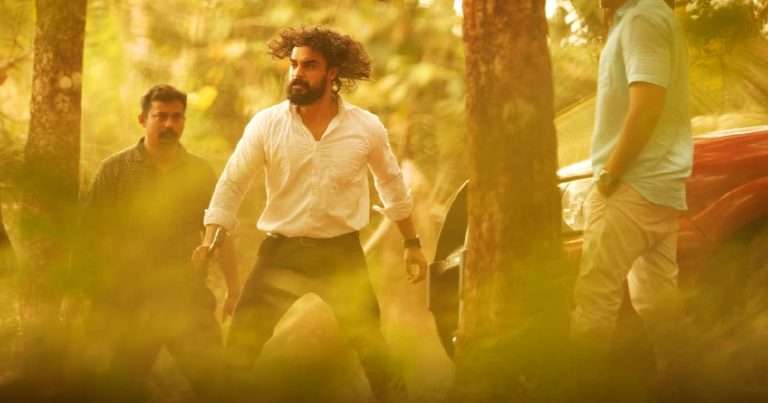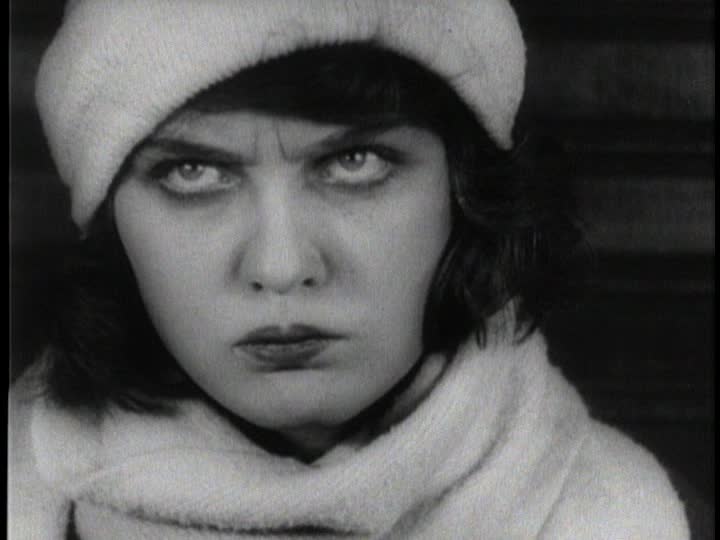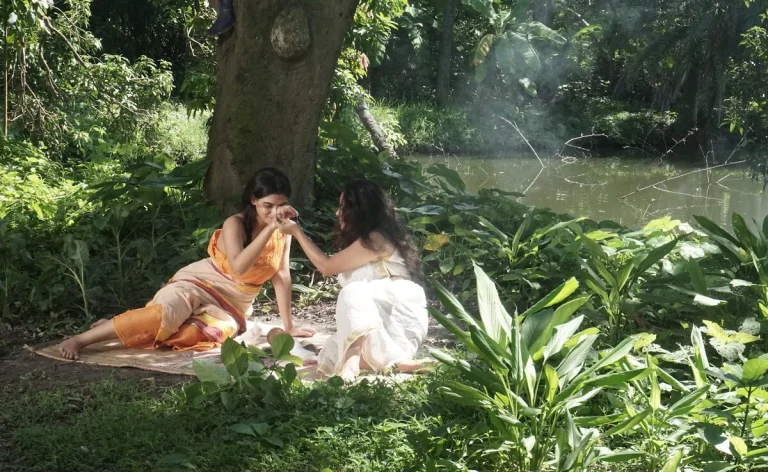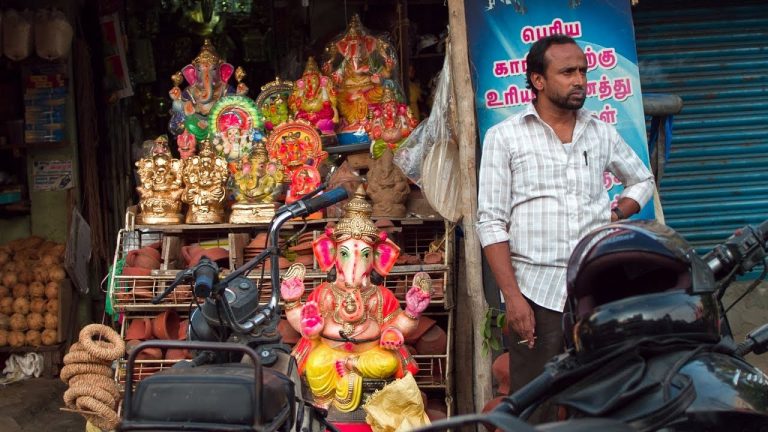Marathi cinema has come a long way from introducing the Indian audience to the medium of film. One of the first pioneers of Marathi cinema, Dr Dadasaheb Phalke, brought the moving images to the audience with Raja Harishchandra, the first Indian silent film, in 1913. Marathi cinema also gave Indians the first feature film- Shree Pundalik, directed by Dadasaheb Torne, released on 18 May 1912.
The Marathi cinema suffered a significant comedown after the 1970s. With Mumbai becoming the dominant kernel for the more successful and more extensive cannon of Hindi cinema (or Bollywood), the theatre-oriented Marathi cinema seemed to shrink in size before the titan. However, in a period of the last five years when the regional-language cinema is getting more acceptance beyond the nation, the Marathi films are soaring once again for the plinth they once owned exclusively. In this piece, we curate the best of the 21st-century Marathi cinema.
15. Nude (2019)
Ravi Jadhav dissects the politics of art and comments on the artistic freedom of expression in our country with Nude. Yamuna is an abused housewife who runs away from her small village and toxic husband. She then goes to Mumbai with her son to live with her aunt. In Mumbai, she enrolls herself at the JJ School of Arts, working with her aunt as a nude model. She poses for aspiring painters and sculptors. Initially disgusted and hesitant, she finds her rhythm in posing for these students.
In the end, the work she started for earning her bread and providing education to her son, becomes her coming-of-age journey. The bitter truth of poverty in India and its lack of acceptance for art, which is often termed offensive under the curtain of superficiality and lust, has been cleverly traversed by Ravi and Sachin in their writing.
The chemistry of Chhaya Kadam and Kalyanee Mulay as the two leads is exquisite. Mulay, in particular, delivers an excellent performance as the injured and insubordinate Yamuna. The musical compositions by Cyli Khare are consistently innovative and the songs are incredibly timed. The cinematography of Amalendu Choudary is the most fascinating aspect of the film- the way it rushes through the characters and the atmosphere is so moving and beautiful to look at at the same time, that the scenes where Yamuna is posturing feel like paragraphs of poetry.
However, the last thirty minutes of the film are too trite and melodramatic, which ruins an otherwise powerfully written climax. The decision of Yamuna to continue her work could have been handled with a little more empathy. Naseeruddin Shah is offered strange, staunch Urdu verses for his cameo performance. However, the film makes its point with honesty and utmost clarity. And it also succeeds to stabilise Jadhav as an efficient storyteller.
14. Harishchandra Factory (2009)
The debut film of director and writer Paresh Mokashi, Harishchandrachi Factory is not so much a biopic of Dadasaheb Phalke, the man who introduced India to the idea of moving pictures with Raja Harishchandra, the first Indian feature film. It works better as a tender ode to the art of storytelling. Dadasaheb Dhundiraj Phalke, the father of Indian cinema, is a Charlie Chaplin figure here. He rises and he falls, he loves and he gets laughed at. But that’s what makes him a clever, credible figure.
In the end, it felt like I just beheld the breakthrough account of my friend on the screen. The film also carries an extraordinary leading performance- Nandu Madhav plays Phalke as the writing supposes him to, but he instils love and affection in his performance as well. The lightness and humor have been treated with the utmost compassion. It is not a film that is concentrated on recreating an era gone by. It just wants to carouse a myth, a legend that brought us, the people at the movies, closer to the craft that we relish the most. This is a film that we needed, the one we merited. And it’s refreshing. It finds its place among the best Marathi films of the 21st Century.
13. Vaalvi (2023)
Even in the most self-assured black comedies, the humor is often just a means to grease the wheels of an inevitable twist—a formula that can feel both predictable and overdone. “Vaalvi,” however, doesn’t just tweak the pattern; under Paresh Mokashi’s direction, it gleefully dismantles it. This isn’t a film about the morality of murder or the complicated aftermath of crime. Instead, it carries the unbothered air of a Mumbai comedy, where its wide-eyed, scheming characters feel less like criminals scrambling to cover their tracks and more like mildly inconvenienced dreamers trying to get on with life—if only these corpses would stop getting in the way.
Beneath its sickly entertaining plotting, “Vaalvi” does something sly: it strips authority from its murderous men, turning them into bumbling clowns, while the women seize control—practical, shrewd, always three steps ahead. Some characters could have used a sharper bite, but as a thriller, it stays sharp where it matters, keeping us hooked till the very end, even when all the damage is done – Not that it makes much difference. The end is already written as the doom was always inevitable.
Also Check: The 20 Best Indian Movies of 2023
12. A Match (2023)
While watching Jayant Somalkar’s “A Match”—and for hours after—it reminded me of Jeo Baby’s “The Great Indian Kitchen” (2021). Though the two films originate from different cultures and address distinct facets of Indian patriarchy, they share a striking sensibility. The men in both stories orchestrate a carefully constructed spectacle, shaping the women’s lives to fit their own convenience—marrying them so they can cook, serve, and exist within a preordained role. Yet, perhaps even more strikingly than its predecessor, “A Match” juxtaposes sociological awareness with the harsh realities of its execution.
The film benefits immensely from Nikita Chikte’s measured and restrained lead performance, making its commentary on arranged marriages all the more piercing. It quietly exposes how societal conservatism diminishes even the simplest aspirations of women, rendering them either unattainable or laughably distant. Beneath its situational humor lies an undercurrent of offbeat rage, a knowing wit that underscores the absurdity of these rigid expectations. And on a purely cinematic level, Somalkar emerges as a filmmaker to watch—his debut brimming with precision, subtle radicalism, and even charming nods to Wong Kar-Wai.
11. Jogwa (2009)
Director Rajiv Patil explores a harsh reality of cultural alienation in Jogwa. There’s a practice in rural Maharashtra called jogtya, in which young women and men are forcefully draped in saris and put to the service of Yelluaai, a local goddess whose followers are supposed to be sexually liberated and accessible to every villager. Jogwa is focused on the coming-of-age and sexual realizations of a Jogta and Jogtin who are artists for the same troupe.
With the choice of its narratives, it gives the pressing issue at its core a sense of depth and nuance. Apart from a well-researched peek into these lives, the film also attempts to sexualize the accounts of these ‘devout’ people. This is essential because the sexuality of the community is often at the bottom of the murk that envelopes these rural societies and their obtuse rituals.
The film also has a pitch-perfect leading performance from Upendra Limaye. As a straight man forcibly turned into a Jogta just because he was bleeding while urinating, his intensity is electrifying. He instills masterful audacity to the character, so much so that one can’t imagine anyone inhabiting the character other than him. I think this is the gold standard of men in women’s attire in Indian cinema. In the 56th National Film Awards, he was awarded Best Actor. Jogwa has aged after all these years because the over-the-top tone doesn’t entirely help. However, it stands the test of time for its empathetic storytelling and the splendid treatment for a subject that demanded to be tackled simplistically.
10. Deool (2011)
Umesh Vinayak Kulkarni crafts a rural fable of society’s descent into regression with Deool. In a small village Mangrul, a modest man called Kesha insists to have had a vision of Gurudev Dutta (a Hindu god with three heads) beneath a tree. Initially, the people dismiss his claims. However, after some odd episodes with Kesha and his family, the folks start believing Dutta’s descent in their village.
Following the chaos around the clash between devotion and superstitions, the rest of the film is a biting satire on how the politics of temples, while succeeding in providing economic opportunities to the local people, hamper the developmental politics in the long run. The film seldom loses the humorous spirit. The dialogues, written by Girish Kulkarni (who also plays Kesha, the protagonist) are consistently funny.
This is also a well-performed film. The acting, especially by the veterans such as Nana Patekar, Jyoti Subhash and Sonali Kulkarni, is terrific. The commercial elements are forcibly thrown into the mix: songs are not well-timed enough, and it didn’t need an item song to get its point across, because it comes out as very questionable. However, the film stands the test of time as a brilliantly entertaining satire on the politics of faith which people keep above humanity, only to their ruin. And an important film for our times.
9. Sairat (2016)
Nagraj Manjule decidedly went a little more mainstream and accessible with his sophomore feature film Sairat. However, the pointed look at the casteism prevalent in rural India and the firmness the issue of honour killing still holds was striking enough. Prashant Kale is a lower-caste boy raised in a fishing family. He lives in a small house on the outskirts of the Bittergaon village. Archana Patil, on the other hand, is an upper-caste girl, whose father is an affluent politician. She lives in a mansion central to the village. Both of them happen to fall in love with each other, and they elope to Hyderabad, a big city that is too busy to distinguish between people. What follows is dark and unflinching, but also horribly true.
Sairat is a primarily successful film because it brings out realistic struggles and brews them in an inherently surprising mainstream narrative. The chemistry between its two leads- played by the then-unprofessional Rinku Rajguru and Akash Thosar- is extraordinary and the two actors hold their own in individual moments. The depiction of the caste system is harrowing and heightened, and the class struggle is painted with such a forceful efficiency that the story feels like one’s own. And of course, all of it is stacked with a climax that empties you in entirety.
Manjule does have his indulgences- the soundtrack by Ajay-Atul symphonizes with the London orchestra (for the first time in the history of Indian film music), producing interestingly well-timed songs. The romantic tracks are enormously satisfying because this tragedy, in itself, is a sharp spin on Shakespeare’s Romeo-Juliet. Despite being too long for both a love story and a social reality to fit in, Sairat is a hugely rewarding experience and earns every minute of it as worthy and entertaining. It gets sixth place among our best Marathi films of the 21st century.
Also Read: The 15 Best Indian Films of 2016
8. Kaul (2016)
For a first-time feature, “Kaul: A Calling” is unsettling in the best way—an experience both immersive and deeply unnerving. Aadish Keluskar constructs his film like a slow-brewing fever dream, infiltrating it with poetic visuals that unravel a tale of existential horror. What begins as a psychological descent—a village schoolmaster encountering eerie, reality-warping events—soon dissolves into something even more insidious. The more he attempts to make sense of his altered state, the deeper he sinks into a terrifying illusion. In his world, sanity isn’t just fragile—it’s almost irrelevant.
Shot with a raw, discomforting naturalism by Ameya Chavan and paired with an eerily precise sound design, “Kaul” is a rare blend of the natural and the supernatural, handled with an almost meditative sensitivity. The Konkan coastline, usually romanticized, becomes something entirely different here—hauntingly real yet untethered from logic, a perfect landscape for a mind unspooling. Beneath its esoteric horror, the film asks something achingly relevant: what happens when an ordinary man’s grip on reality slips, not from madness, but from something far more elusive? Its religious echoes and unsettling spirituality only deepen that question, making “Kaul” both a maddening riddle and a profoundly disturbing cinematic experience. The title may feel like an afterthought, but the film is anything but.
7. Aatmapamphlet (2023)
Ashish Avinash Bende’s directorial debut, “Aatmapamphlet,” is one of the sharpest and most absorbing comedies of Marathi cinema. Charting the romantic evolution and social coming-of-age of its young protagonist, Ashish, the film weaves a tender yet selective portrait of the late ’90s—a world so sunlit and vividly drawn that it instantly feels like home. But beneath its warmth lies an astute political core, one that compellingly examines the utopian ideals people cling to, even as reality frays at the edges.
All this delightful tension culminates in a strange yet strikingly original climax—one that solidifies the film as a satire on growing up in an India shaped by its past while yearning for the future. What makes it particularly poignant is its perspective: the story unfolds through the eyes of those actually growing up, rather than through the ideological impositions of the adults around them.
6. Natarang (2009)
Set to the sensuous rhythms of lavani and carried by the undulating lehra of the harmonium, “Natarang” stands as one of Indian cinema’s most searing displays of actorly brilliance. Adapted from Anand Yadav’s 1978 Marathi novel, the film paints its narrative in bold strokes, chronicling the journey of Gunvantrao Kagalkar—a spirited yet impoverished laborer with the physique of a wrestler. Guna’s devotion to the Marathi folk theatre form Tamasha leads him to embrace it in the face of unemployment. But the stage demands transformation, and when he surrenders to playing a ‘queer’ effeminate character, he unwittingly signs up for a harrowing reckoning. The rest of the film unspools as an unflinching portrait of the brutal cost he pays for embodying a persona that society refuses to accept.
Yet, Ravi Jadhav’s film is not an incendiary lament on gender bias, nor does it condescend to those who reject Guna out of their own deeply rooted struggles. Instead, it explodes in a riot of color, pulsating with the vitality of folk culture. The songs and dances are not mere embellishments—they are lived experiences, layered with meaning, heartbreak, and defiance. Conflict, humor, hope, and romance breathe through every frame with such raw authenticity that one could mistake “Natarang” for a biopic. Atul Kulkarni delivers a performance of staggering depth. He moves seamlessly from lighthearted jest to gut-wrenching despair, embodying Guna’s aspirations and disillusionment with a truthfulness that defines the very spirit of the film.
5. Killa (2015)
Avinash Arun masters the coming-of-age storytelling in his debut film Killa. On the surface, it’s a light and lovely tale of a young, eleven-year-old boy trying to make sense of his surroundings and the situations out of which they emerge. But the film also turns out to be a deft and disarming study of loneliness, grief, and letting go. The proceedings are informed by the passages of utmost beauty- as a cinematographer, Arun does a splendid job in how astonishingly he shoots the rain and life in this little town at the Konkan coasts near Pune, where Chinmay and his mother have come to live. It’s charming how insightfully Avinash films the semi-autobiographical transition of this little boy with an initial disinterest and indifference to the goings-on, blends in with the companions of his age and finds his poetry in the fluidity of the nature before him.
Killa soars over the consistently surprising acting performances. As the confused and fascinated Chinmay, Archit Devdhar has the range and multifariousness one can come to associated with a child who has undergone a phase of grief. The kids who play the local boys such as Bandya and Yuvraj, mingle in and have fun with the material that they are populating- swimming in the local pond, collecting crabs, and cycling through the fort. However, the performance that hits one individually, is the one delivered by Amrutha Subhash, presenting Aruna with heartbreaking passion- her sadness and affection as Chimay’s aai (mother) come with a sense of autonomy, but she also dispenses a touching vulnerability. She’s a terrific veteran, and Killa is more than the perfect platform for her skill to unleash. It’s one of the best Marathi films of the 21st century.
4. Fandry (2013)
Nagraj Manjule’s politically informed criticism of the frightening casteism in India is remarkably accurate in how angry it feels. This is fundamental because when he tackles the Dalit reality in his films, his is a blend of the personal and the political. Nagraj himself belongs to the Dalit community and has first-hand encountered the social and economic depravity through which he steered clear. It’s an achievement that he masters his art and blends it with the deeply discomforting messaging. There isn’t a more perfect example of this than his first feature Fandry.
Set in rural Maharashtra, the film is about Jambuwant, a young teenager who belongs to a poor Dalit family that hunts down wild pigs for a living. Jabya falls in love with Shalu, a rich high-class girl in his village. But unlike Archi and Parshya in Sairat, this is more of a one-sided infatuation and not really a romance. To imagine one in itself feels like a far-fetched idea, because coming from a family following a profession considered unworthy and unclean, this could only be a domain of will-o’-the-wisp.
Manjule doesn’t let his audience dwell in any fantasy. His portrait is stark, uncomfortable, and too abrasive. This is a screengrab of an India the tourism guides won’t tell you exists. It’s a brilliant and stimulating critique of our privileges, and it never turns into a textbook. Through uncomplicated scenes and troubling conversations, the film mercilessly manifests on the state of a nation. It’s urgent. It’s hideous. And it’s you.
3. Vihir (2009)
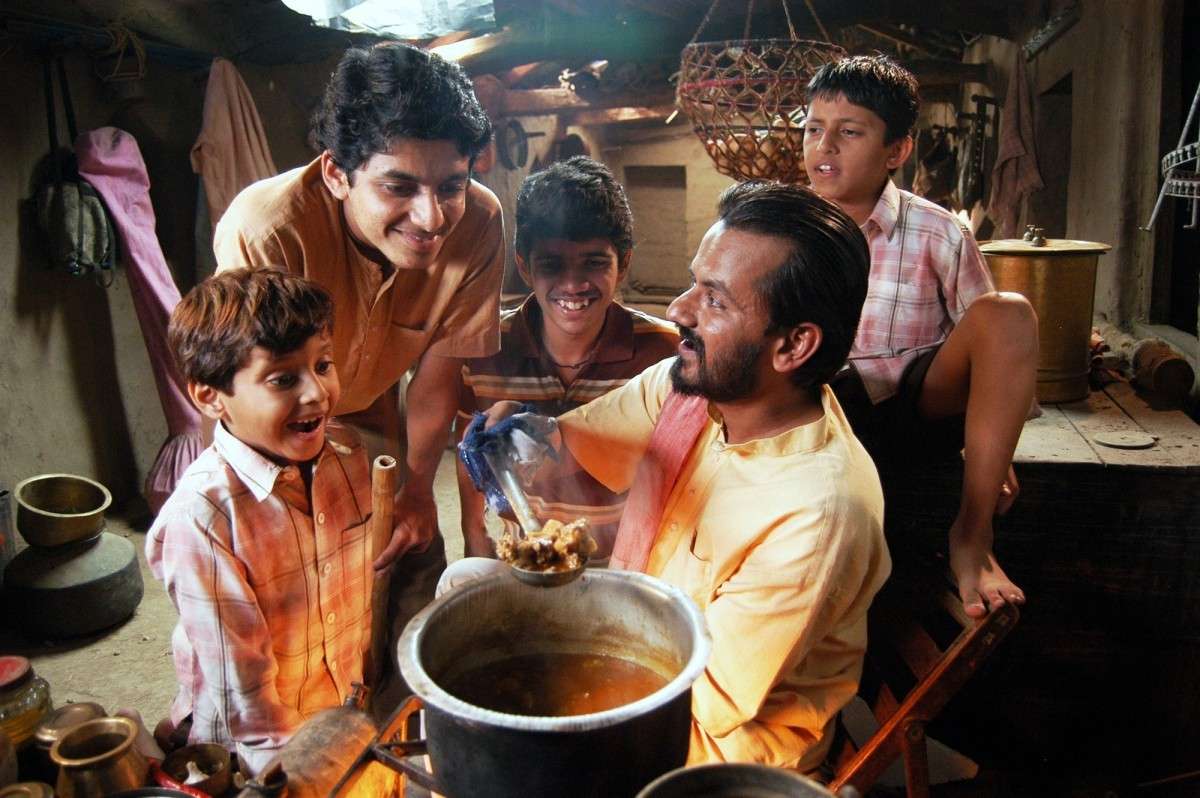
Co-written by Girish Kulkarni and Satee Bhave, Umesh Vinayak Kulkarni’s “Vihir” seamlessly intertwines the personal and the philosophical with striking ease. The story is simple: cousins Nachiket and Sameer share a deep, almost spiritual bond, reconnecting at a family wedding. But when Nachiket confesses his existential longing to escape into the unknown, his words linger in Sameer’s mind—until a cruel twist of fate drowns Nachiket in their shared sanctuary, the well (vihir), turning their private space of bonding into an abyss of grief.
The film’s first half hums with nostalgia, capturing the magic of a grandparent’s home, the joy of cousinhood, and the youthful intensity of small conflicts. Visually, it contrasts the rural stillness with the restless urgency of urban life. But “Vihir” is ultimately consumed by the vast, directionless nature of existence itself. Kulkarni doesn’t intellectualize mortality—he lets it breathe into the film’s structure, unraveling the aestheticism of life through the unshaped, unsettling void that grief leaves behind. It lingers in that liminal space where life loops in its ordinariness, and loss arrives not as a dramatic crescendo but as something fluid, undefined. The delicate performances by Madan Deodhar and Alok Rajwade feel less like performances and more like echoes of real, fleeting moments—ornaments to a film that transcends conventional storytelling with its feather-light touch.
2. Court (2014)
Few films are as resoundingly honest as Chaitanya Tamhane’s Court. India’s official submission to the Academy Awards in 2016, Court is perhaps the most ferocious Indian film ever made. Narayan Kamble is a Dalit protest singer with failing health. He is accused of encouraging a manhole worker to commit suicide by drowning in the gutter. Deliberately emulating the snail pace of the Indian judicial system, Court is a remarkable triumph of honesty in filmmaking. The writing is so precise and powerful that even when it hits hard, it does so in the unlikeliest of places.
The visual storytelling is relentless and perfectly dedicated to the spiked terrains the narrative has a steady hold upon. A clarion call against the marginalization of a community is defined as a dramatic piece that is seditious. However, a comedy that ends with the message of bracing majoritarianism is inoffensive and away from the grasps of the administrative murk.
Tamhane champions the questions he consolidates within a tightly packed space of courtroom by contrasting them with the openness of the city. The expansions of his satire are far-reaching, not only astringent in tone but also consistently innovative. The film’s darkly funny connotations develop to their full potential and if you’re entirely invested, they are bound to disturb you long after you’ve seen the film. Court artfully recognizes the ramifications of attitudes that the Indian judiciary amputates. And when it does that, it’s unmistakably piercing and powerful.
1. The Disciple (2020)
For a sophomore feature film, The Disciple is unexpectedly mature and deeply meditative. The film follows Sharad, an Indian classical music student. He fails to realize that he is mediocre in the only thing he loves the most- his music, that is. The film does end with Sharad going on a definitive path, but the film doesn’t paint this story with optimism. Director Tamhane focuses on the inherent tragedy of the situation- things he loves doesn’t love them back. The mediocrity is deeply rooted in sadness. As a character drama, The Disciple has a steady focus– the technical qualities are extraordinary. Tamhane builds the lack of energy in Sharad (and his music), with a measured sense of space and time.
The sense of emptiness is distinctly created as a metaphor to suit the one in Sharad’s life. The deliberate choice to construct a socially motivated back-story of his relationship with his music and baba (father) deserves applause. This is because it renders the narrative a conscience of its own. The abrupt maturity of the film’s acting (which doesn’t feel like acting, really), especially Vinayak Modak as the leading character Sharad, only blends with the film’s transparency. The film also works as a supreme coming-of-age tale, because the realizations here don’t exist just because they should. They come upon as subtle, haunting images of mundanity.
To tell honest stories is an achievement, an excellent mirror for the filmmaker and the audience to let contemplation unleash. Chaitanya Tamhane reveals an unvarnished tale with enormous observation. The Disciple could have chosen to celebrate the effectiveness of Court (2014). It embraces a new perspective and chooses not to. It deserves to be lauded for the same. It’s the finest Marathi film of the 21st century.

